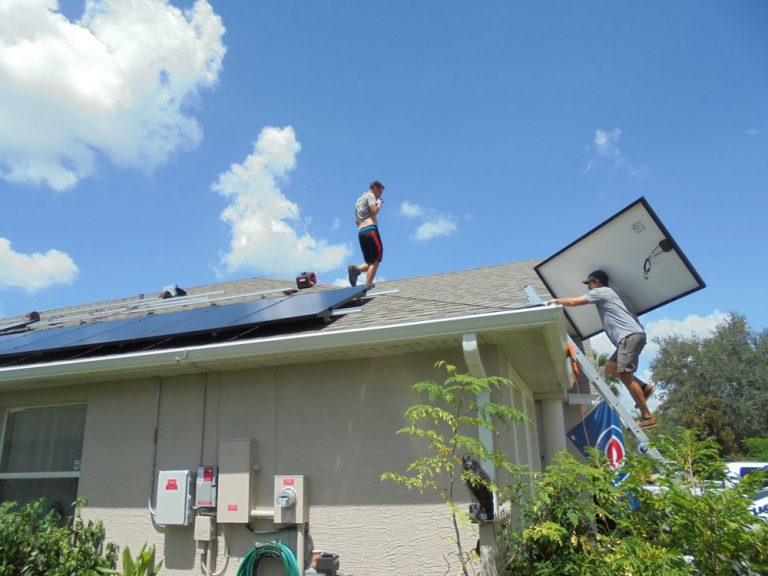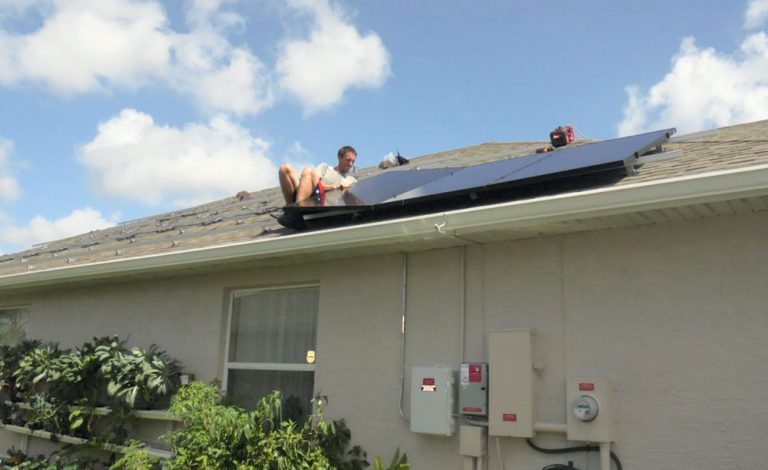Greetings friends! This entry is a complement to my last one “Getting the most out of your solar project”. I will focus specifically on the water heater here.
Have you ever looked at the yellow energy sicker on your water heater? You likely have, many times. But do you know what it means? Yep, it’s a real mystery. As they say, ignorance is bliss and here comes the bearer of bad news…but there is a silver lining.
A standard water heater is 1950’s technology. It uses two, usually 4500W heating elements to heat your water. This is the equivalent of having a room full or 90, 100W incandescent lights bulbs burning 24 hours a day. The heater is on most of the time, whether you are using water or not-it is just keeping the water at whatever temperature you have the thermostat set.
The Energy Guide tells you how much power your unit typically uses. This example says it uses about 4778 kilowatt hours a year. (kWh/yr) Okaaaay? What does that mean? It means, (divided by 12, that it uses about 398 kWh/mo. Some stickers show an annual cost to run them. You have to be careful with that because if the sticker was put on there in 1996 the cost per kWh was much, much less. So…some more easy math. If your average cost per kWh is .14 cents, 398X.14=$55.72. Yep $55.72 a month you are paying for hot water! If your total is bill is $200, that more than 25% of your total bill and $668 a year. OUCH!!!! It could even be way more if you have 3 teenagers taking 30 minute showers each.
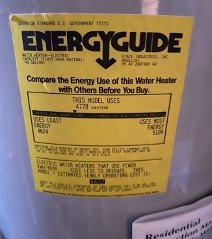
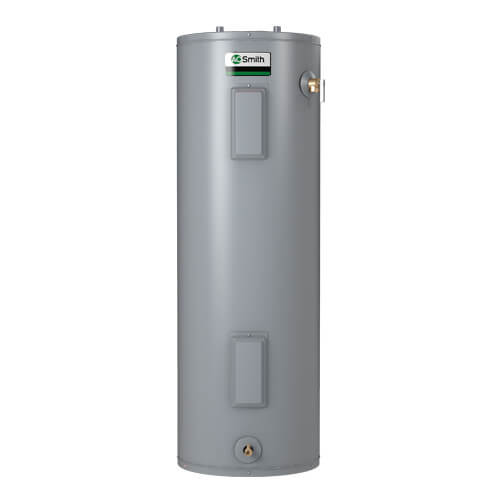
Below is a Hybrid water heater. It also has two 4500-Watt elements. But it has something else. A condenser. It uses the hot air (typically in your garage) to heat the water almost up to temp. Then the elements step in to warm the water the final few degrees to the temperature you’ve set your thermostat. Therefore, Hybrids have an average operating cost per month of about $10.
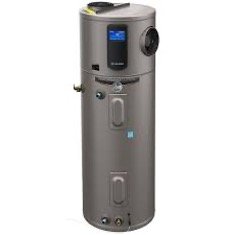
So, what does this have to do with Solar? Well, if you want a zero electric bill that means you will typically need 10 solar panels to generate enough power just to cover the water heater. If you replaced your old standard water heater with a Hybrid, you would only need 2 panels to generate the $10 in electricity it requires. Since the cost per panel, on average, financed, installed, out the door, is about $960 (before tax incentives) and a Hybrid water heater is only a few thousand dollars, it is way more cost effective to replace your dinosaur with an energy efficient Hybrid. In this example, this would create a savings of about $4,500.
I hope you can see, as I’ve, mentioned many times before, a good Solar Consultant will look for strategies such as this to drive the overall cost of your solar project down and your return on investment up. Again, this is one of many “moving parts” unique to each home and circumstance, that someone who has your best interest at heart will explore and provide you as many options as possible.
Wishing you all the best,
Joe
Joedoessolar.com
Founder, LMNdeavors Hydroponic and Solar Solutions.


